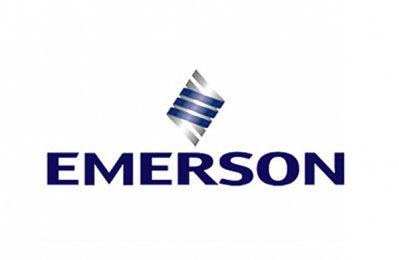Emerson – Emerson Invests in Frugal Technologies
Strategic investment accelerates sustainability in shipping
ST. LOUIS (Nov. 20, 2023) – Emerson (NYSE: EMR), a global automation technology and software company, today announced it has made a strategic investment in Frugal Technologies, a Danish-based company that offers fuel optimization technologies that reduce energy use and emissions in shipping fleets. The investment aligns with Emerson’s fuel management and propulsion control and optimization expertise in its marine systems and solutions business.
On average across vessel types, fuel consumption accounts for approximately 60% of operating costs. Frugal’s cloud-based propulsion optimization software uses AI technology to collect data related to dynamic conditions such as weather, cargo load and propulsion and develop optimal engine models for ships. Frugal estimates its propulsion solutions generate savings of up to 15% in fuel consumption, contributing to a lower carbon footprint.
“Our propulsion solution supports two critical pain points in the market: optimizing energy use to reduce fuel costs and helping ship owners comply with more stringent emissions targets,” said Peter Hauschildt, co-founder and chief executive officer of Frugal Technologies. “Our fuel optimization technology complements Emerson’s marine expertise and automation portfolio, and together we are well positioned to help fleet performance leaders better manage their fuel costs and meet their sustainability targets.”
New global environmental regulations have sparked innovation to support shipping companies in their sustainability journey. The International Maritime Organization has stated its goals to reduce carbon intensity of international shipping by at least 40% by 2030 and 70% by 2050.
“Frugal Technologies’ mission aligns very well with our commitment to drive innovation that supports our customers in their sustainability journey,” said Jon Stokes, group president of Emerson. “Our shipping customers demand the best fuel consumption measurements and data available to make better, more informed decisions, and Frugal, combined with our technologies, provides an unparalleled value proposition for fuel optimization.”
SourceEmerson
EMR Analysis
More information on Emerson: See the full profile on EMR Executive Services
More information on Lal Karsanbhai (President and Chief Executive Officer, Emerson): See the full profile on EMR Executive Services
More information on Jon Stokes (Group President, Measurement Solutions, Automation Solutions, Emerson): See the full profile on EMR Executive Services
More information on Frugal Technologies: https://frugal.dk/ + We provide ship owners a competitive lead in propulsion efficiency and greener shipping ahead of regulations – adding intelligent on-top solutions to your existing vessel control system.
Frugal Technologies is founded and managed by Peter Hauschildt (CEO) and Lars Stoustrup (CTO). The management team have a strong background in vessel engineering and route optimization from companies such as Maersk, Carl Bro and Danish Yacht.
Frugal Technologies provides ship owners a competitive product offering in propulsion efficiency and greener shipping ahead of regulations – adding intelligent on-top solutions to existing vessel control systems with all safety functions intact. With the add-on cloud-based software solution My Data, fleet performance managers get access and visibility to vessel performance data, empowering them to act and take decision on latest business intelligence.
More information on Peter Rytter Hauschildt (Co-founder and Chief Executive Officer, Frugal Technologies): https://frugal.dk/about/ + https://www.linkedin.com/in/peter-hauschildt-21a0414/
More information on Lars Stoustrup (Co-founder and Chief Technical Officer, Frugal Technologies): https://frugal.dk/about/ + https://www.linkedin.com/in/larsstoustrup/
More information on the International Maritime Organization (IMO): https://www.imo.org/en/ + IMO – the International Maritime Organization – is the United Nations specialized agency with responsibility for the safety and security of shipping and the prevention of marine and atmospheric pollution by ships. IMO’s work supports the UN SDGs.
EMR Additional Notes:
- AI – Artificial Intelligence:
- https://searchenterpriseai.techtarget.com/definition/AI-Artificial-Intelligence +
- Artificial intelligence is the simulation of human intelligence processes by machines, especially computer systems. Specific applications of AI include expert systems, natural language processing, speech recognition and machine vision.
- As the hype around AI has accelerated, vendors have been scrambling to promote how their products and services use AI. Often what they refer to as AI is simply one component of AI, such as machine learning. AI requires a foundation of specialized hardware and software for writing and training machine learning algorithms. No one programming language is synonymous with AI, but a few, including Python, R and Java, are popular.
- In general, AI systems work by ingesting large amounts of labeled training data, analyzing the data for correlations and patterns, and using these patterns to make predictions about future states. In this way, a chatbot that is fed examples of text chats can learn to produce lifelike exchanges with people, or an image recognition tool can learn to identify and describe objects in images by reviewing millions of examples.
- AI programming focuses on three cognitive skills: learning, reasoning and self-correction.
- What are the 4 types of artificial intelligence?
- Type 1: Reactive machines. These AI systems have no memory and are task specific. An example is Deep Blue, the IBM chess program that beat Garry Kasparov in the 1990s. Deep Blue can identify pieces on the chessboard and make predictions, but because it has no memory, it cannot use past experiences to inform future ones.
- Type 2: Limited memory. These AI systems have memory, so they can use past experiences to inform future decisions. Some of the decision-making functions in self-driving cars are designed this way.
- Type 3: Theory of mind. Theory of mind is a psychology term. When applied to AI, it means that the system would have the social intelligence to understand emotions. This type of AI will be able to infer human intentions and predict behavior, a necessary skill for AI systems to become integral members of human teams.
- Type 4: Self-awareness. In this category, AI systems have a sense of self, which gives them consciousness. Machines with self-awareness understand their own current state. This type of AI does not yet exist.
- Machine Learning:
- Developed to mimic human intelligence. It lets the machines learn independently by ingesting vast amounts of data and detecting patterns. Many ML algorithms use statistics formulas and big data to function.
- Type of artificial intelligence (AI) that allows software applications to become more accurate at predicting outcomes without being explicitly programmed to do so. Machine learning algorithms use historical data as input to predict new output values.
- Recommendation engines are a common use case for machine learning. Other popular uses include fraud detection, spam filtering, malware threat detection, business process automation (BPA) and Predictive maintenance.
- Classical machine learning is often categorized by how an algorithm learns to become more accurate in its predictions. There are four basic approaches: supervised learning, unsupervised learning, semi-supervised learning and reinforcement learning. The type of algorithm data scientists choose to use depends on what type of data they want to predict.
- Deep Learning:
- Subset of machine learning. Deep learning enabled much smarter results than were originally possible with machine learning. Consider the face recognition example.
- Deep learning makes use of layers of information processing, each gradually learning more and more complex representations of data. The early layers may learn about colors, the next ones learn about shapes, the following about combinations of those shapes, and finally actual objects. Deep learning demonstrated a breakthrough in object recognition.
- Deep learning is currently the most sophisticated AI architecture we have developed.
- Computer Vision:
- Computer vision is a field of artificial intelligence (AI) that enables computers and systems to derive meaningful information from digital images, videos and other visual inputs — and take actions or make recommendations based on that information.
- The most well-known case of this today is Google’s Translate, which can take an image of anything — from menus to signboards — and convert it into text that the program then translates into the user’s native language.
- Generative AI:
- Generative AI technology generates outputs based on some kind of input – often a prompt supplied by a person. Some GenAI tools work in one medium, such as turning text inputs into text outputs, for example. With the public release of ChatGPT in late November 2022, the world at large was introduced to an AI app capable of creating text that sounded more authentic and less artificial than any previous generation of computer-crafted text.
- https://searchenterpriseai.techtarget.com/definition/AI-Artificial-Intelligence +
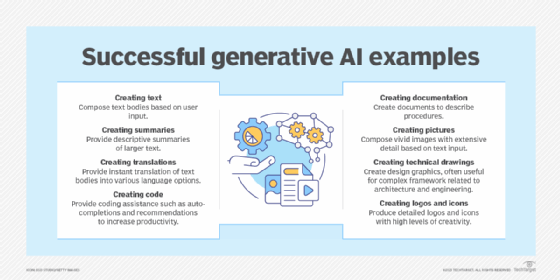
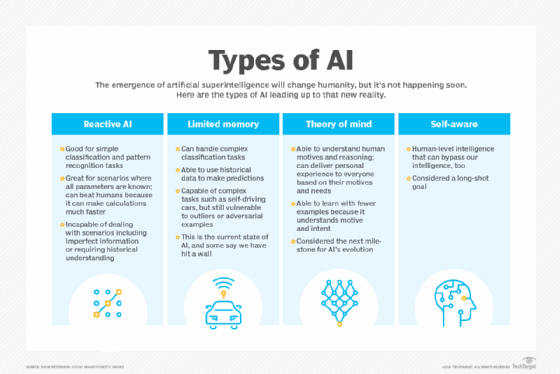
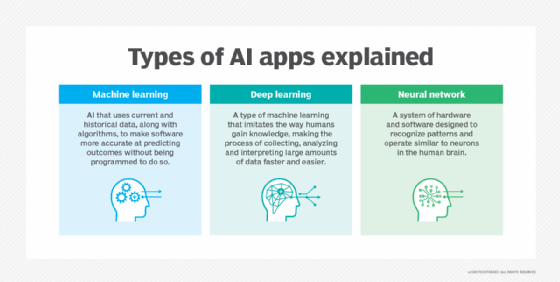
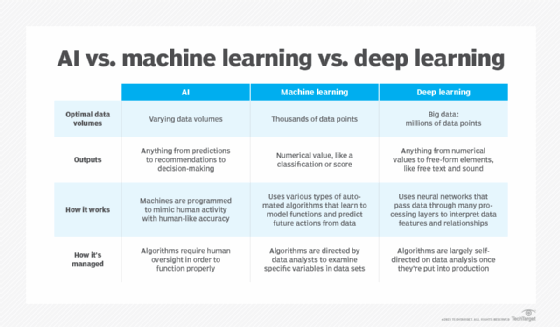
- Carbon Dioxide (CO2):
- Primary greenhouse gas emitted through human activities. Carbon dioxide enters the atmosphere through burning fossil fuels (coal, natural gas, and oil), solid waste, trees and other biological materials, and also as a result of certain chemical reactions (e.g., manufacture of cement). Carbon dioxide is removed from the atmosphere (or “sequestered”) when it is absorbed by plants as part of the biological carbon cycle.
- Biogenic Carbon Dioxide (CO2):
- Carbon Dioxide released as a result of the combustion or decomposition of organic material, that is biomass and its derivatives. Examples include carbon dioxide released during the combustion of wood and biogas generated by decomposition.
- Biogenic Carbon Dioxide (CO2) and Carbon Dioxide (CO2) are the same. Scientists differentiate between biogenic carbon (that which is absorbed, stored and emitted by organic matter like soil, trees, plants and grasses) and non-biogenic carbon (that found in all other sources, most notably in fossil fuels like oil, coal and gas).
- Carbon Capture and Storage (CCS):
- CCS involves the capture of carbon dioxide (CO2) emissions from industrial processes, such as steel and cement production, or from the burning of fossil fuels in power generation. This carbon is then transported from where it was produced, via ship or in a pipeline, and stored deep underground in geological formations.
- CCS projects typically target 90 percent efficiency, meaning that 90 percent of the carbon dioxide from the power plant will be captured and stored.
- Decarbonization:
- Reduction of carbon dioxide emissions through the use of low carbon power sources, achieving a lower output of greenhouse gasses into the atmosphere.
- Carbon Footprint:
- There is no universally agreed definition of what a carbon footprint is. A carbon footprint is generally understood to be the total amount of greenhouse gas (GHG) emissions that are directly or indirectly caused by an individual, organization, product, or service. These emissions are typically measured in tonnes of carbon dioxide equivalent (CO2e).
- In 2009, the Greenhouse Gas Protocol (GHG Protocol) published a standard for calculating and reporting corporate carbon footprints. This standard is widely accepted by businesses and other organizations around the world. The GHG Protocol defines a carbon footprint as “the total set of greenhouse gas emissions caused by an organization, directly and indirectly, through its own operations and the value chain.”

